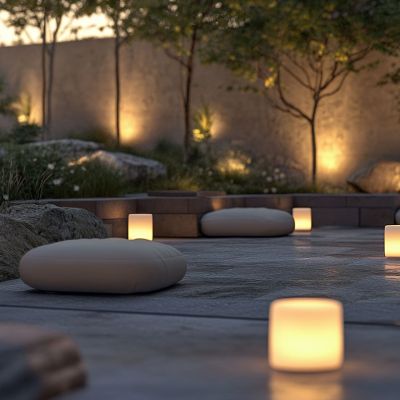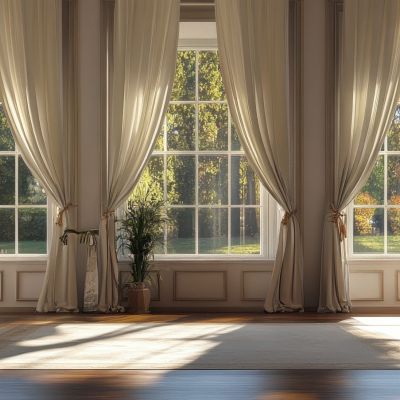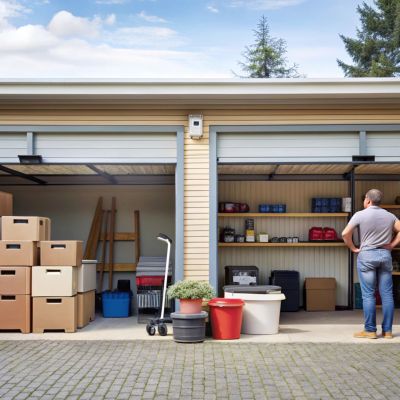A TopStak Wood Burner: Perfect for More Than Just Winter
As the temperature drops and the chill sets in, all we want to do is curl up in warmth. I’ve always dreamed of having a wood burner in my home—perhaps because I grew up with the comforting glow of an open fire.
Why Have a Wood Burner in Your Home?
The goal of our 1960s bungalow renovation was to create a cozy family home that connects seamlessly with the outdoors. A wood burner is the perfect way to bring nature into our living space.
Not only is it delightful to feel the warmth of a fire inside, but having a wood-burning stove is also an efficient way to lower energy bills. They burn fuel effectively, saving money on logs and producing minimal ash. Plus, they’re incredibly easy to use and require very little maintenance.
Topstak Wood Burners
We chose this particular model because its clean, elegant lines perfectly complement my Scandinavian aesthetic. The wood burner is a key feature in our open-plan living area and serves as the focal point of the room.
When the fire is lit, the generous viewing window creates a dramatic effect. My favorite feature, though, is the glass door that slides up into the wall, allowing us to enjoy the open-fire effect for added coziness. With our Christmas decorations up, the amber flames make our living room feel even more warm and festive.
A Wood Burner Isn’t Just for Winter
What I especially love about this wood burner is that it’s not just for winter. Even in the summer, it still looks stunning. While we might not need it for warmth, it’s still beautiful to admire. With the glass display, we can even design the logs inside, maintaining that cozy, hygge feeling in spring and summer, too! It delivers all the functionality we need in the colder months while remaining a stylish feature year-round.
I spent months weighing whether to choose a freestanding or inset design. Ultimately, we decided on the inset version. This choice is perfect for self-builds, especially when space is at a premium.
Our living room isn’t particularly large—measuring around 4.5 x 4 meters—so we didn’t want to sacrifice too much floor space. By cutting a hole in the wall, we were able to install the stove in a way that saved about 200mm of space. If you’re working with an existing wall or building from scratch, this is something to consider. It gave us a chimney breast depth of around 500mm.
I opted for a space-saving setup, but the stove itself is substantial. The room features a double-height ceiling, and based on the supplier’s advice, we determined that the space would benefit from a more powerful heat output. We chose a model that delivers up to 18kW. Our home is well-insulated, so we won’t need to run the stove except on very cold days, but when we do, it has an impressive efficiency rating of 78%. This means it complies with the UK’s upcoming emission standards, which take effect in 2022.
The installation process involved several teams working in succession. The builders created the hole in the wall in a day, then two stove installers set up the unit and flue. The majority of the time was spent installing the flue on the exterior of the house, but the stove itself was up and running in just a day. I opted to have the flue powder-coated in black to add character to the exterior. Before they left, the installers lit the fire and showed us the “top-down” lighting method, which makes starting the fire much easier.
The Top-Down Lighting Method for a Wood Burner
The traditional method of lighting a fire involves stacking the largest logs at the bottom, followed by medium-sized logs, smaller pieces of wood, and the smallest kindling at the top. The installers compared it to the game Jenga. When the stove was lit, it was a moment we’ll cherish for years—a significant milestone in our home renovation.
The fireplace was then completed with an off-white Venetian plaster finish, matching the tactile wall surfaces throughout the room. And here’s the finished result—our cozy living room with the wood burner, ready for all the family Christmas nights we’ve been looking forward to.




